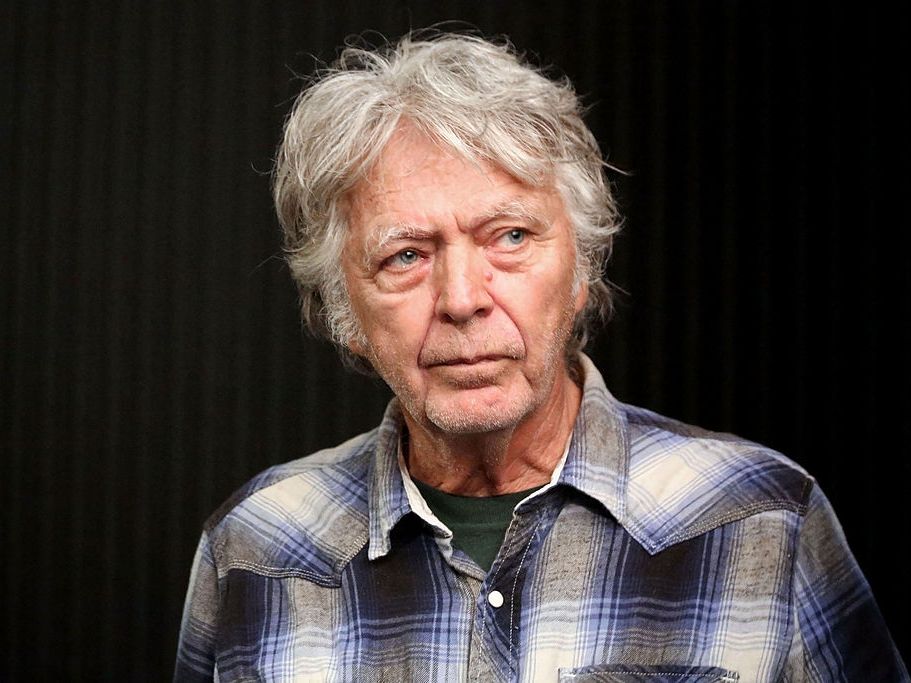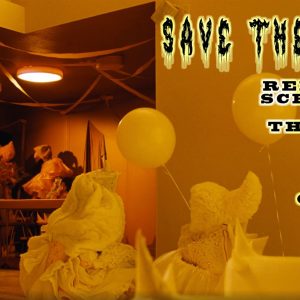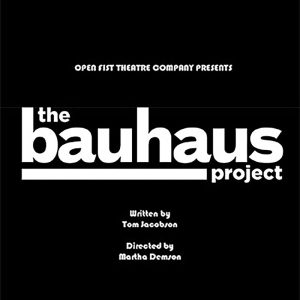For filmmaker James Benning, the coronavirus pandemic sparked a torrent of productivity. He made two films in the first month of isolation in spring 2020—and that was just a start.
But with virtually no venues open to share his new works, it wasn’t long before those pieces accumulated—an unseen backlog of creative output that frustrated Benning, a longtime CalArts School of Film/Video faculty member.
Now that logjam is breaking. Through April, some of Benning’s most recent work is appearing in more than a half-dozen shows and installations across three countries. One installation will appear in his house in Val Verde.
“Things piled up,” says Benning, whose 2021 film THE UNITED STATES OF AMERICA premiered this month at Berlinale, the prestigious international film festival in Berlin.
USA, as Benning calls it, screens this month in Los Angeles, New York, and Paris. Here’s a look at that production and a few other highlights.
‘I’ll film it only in California’
Made over the past year, THE UNITED STATES OF AMERICA updates a 1975 film—of the same name—that Benning made with Bette Gordon. The original runs 25 minutes and features scenes from a cross-country road trip that the pair took from New York to Los Angeles.
“You see the world through the windshield,” Benning says. “It’s a real time capsule.”
After a streaming service carried the 1975 piece in late 2020—stirring renewed attention and interest—Benning pursued the remake.
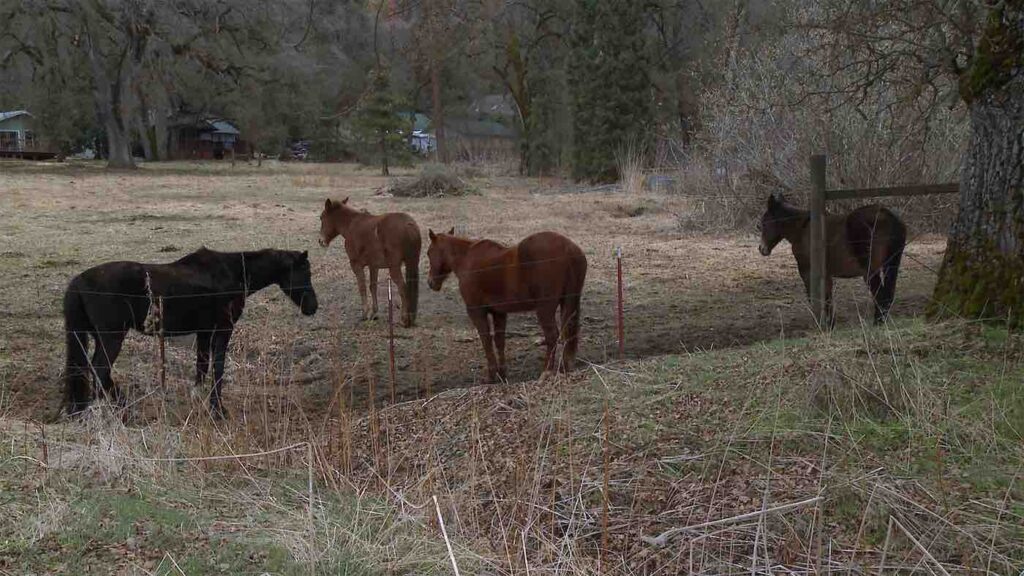
Film still from ‘The United States of America.’ | Courtesy: James Benning 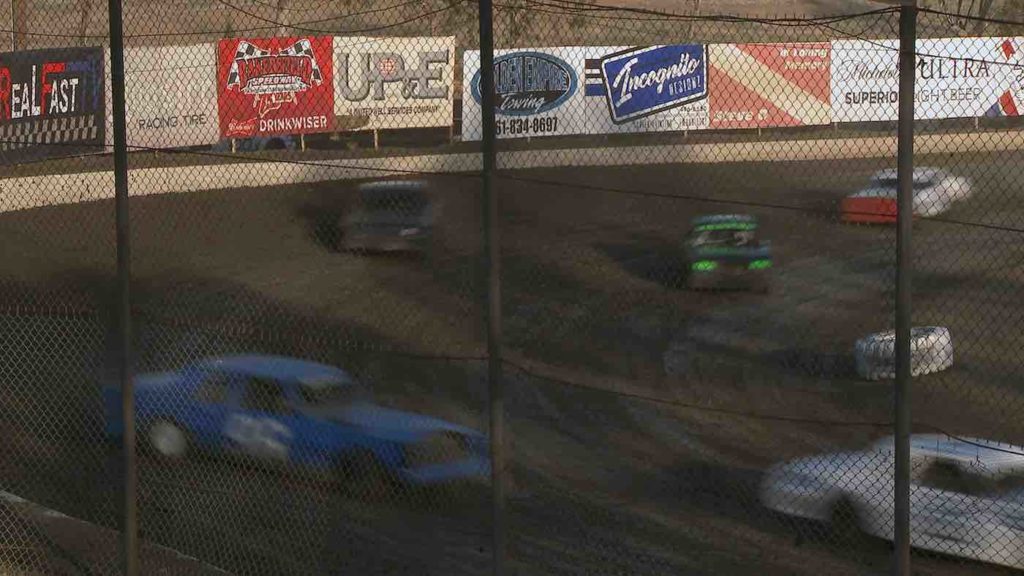
Film still from ‘The United States of America.’ | Courtesy: James Benning
The new USA, running 97 minutes, “is much more playful,” he says. “I thought: ‘COVID is limiting my travel, so I’ll make a film about the USA—but I’ll film it only in California.”
Benning found 52 shots in the Golden State that mimic other parts of the country—one for each state, plus the District of Columbia and Puerto Rico.
The approach “uses California as a representation of all of America, somehow commenting on how Hollywood does that,” Benning says. “Maybe I’m poking fun at that notion.”
He made the film not to fool anybody, but to get viewers engaged, he explains. “I think that once you find that it’s all California, you’re invested. You have to go back in your mind and reassess what you saw. I think it’s an interesting intellectual problem.”
The latest USA is among three of Benning’s digital works to be screened March 4-6 at the Hammer Museum’s Billy in Los Angeles. Co-sponsored by the Hammer and the UCLA Film and Television Archive, the screenings will be free but require an RSVP for attendance.
Details are available through the archive’s website. Additionally, Ruhr screens today, March 4, and Stemple Pass March 5, before USA takes the screen March 6.
USA screens again on March 10, when it appears at the Doc Fortnight international film festival in New York’s Museum of Modern Art. From March 11 to 20, the piece will be part of the Cinéma du Réel festival in Paris.

Film still from ‘Ruhr.’ | Courtesy: James Benning 
Film still from ‘Stemple Pass.’ | Courtesy: James Benning
‘We had a chance to bring about equality … ’
Alabama takes heat “for being a backwater state,” says Benning, who borrowed the place name for a forthcoming multimedia installation.
But dig into what Alabamans have done for human and civil rights, and “they’ve really paid a toll and worked really hard,” he adds. For a recent example, he points to Alabama voters’ 2017 rejection of Roy Moore, the former U.S. Senate candidate accused of sexual assault.
Inspired by the state’s unsung progress, Benning set about making a film to celebrate that push toward justice. He traveled to Alabama, combed its history, and studied “pockets of culture that come out of poverty, that have elevated both politically and socially.”
“I did a lot of re-reading about Reconstruction in the South and how that failed,” he says. “We had a chance to bring about equality in this country, and it was just sold down the stream, so to speak.”
From his exploration comes ALABAMA, the installation in Benning’s Val Verde home that will be available the last three weekends in March. His works on display will feature five short films played on a loop, plus photographs, paintings and drawings. Alabama artifacts will include a newspaper advertisement taken out by President Andrew Jackson—before he was president—to recover a formerly enslaved man.
Jackson encouraged readers to beat the man with a whip, Benning says. He is hosting the installation in part because the work can pose challenges for institutional venues. It “deals with poor whites and poor Blacks and how they’re played against each other.”
“It easily can upset people. But I think if you look closer, it raises some good questions about how we behave and how poor people pitted against one another,” Benning says. “Hopefully it will make people question their knowledge about what Alabama has gone through and how it really fits in with the problems we have today with racism.”
The O-Town House and neugerriemschneider galleries in Los Angeles and Berlin, respectively, are presenting the installation at Benning’s home. Visitors may arrive between noon and 4 p.m. on the weekends of March 11, March 18, and March 25; additional specifics will be available via the O-Town House.
Remembrances of, and made during, the pandemic
The Benning residence also figures into on Paradise Road, a 75-minute film he developed in 2020.
Its title refers to his home address. With about a half-dozen shots inside the house, he examined walls, light changes, and “what I was experiencing while I was locked down” for the pandemic.
He developed the film in part “so I could remember how it felt that first month when I was” isolated, Benning says. on Paradise Road will appear in a loop, along with two photographs from ALABAMA, on March 1 at the O-Town House gallery in Los Angeles.
Another of his pandemic projects, PLACE, is a 2021 installation on exhibit through April 24 at Kunstverein für die Rheinlande und Westfalen, a German museum in Düsseldorf. The work is part of a show known as CLOSER.
In summer 2020, Benning traveled to the homes of seven late artists who influenced him. He filmed the places where they worked or lived, and made his own paintings of their work. The idea was “to get to know them better, to get to know their process,” he explains. The “outsider artists” include Bill Traylor (1853–1949), Forrest Bess (1911–1977), Henry Darger (1892–1973), Moses Tolliver (1918/20–2006), Jesse Howard (1885–1983), Joseph Yoakum (1890–1972) and Martín Ramírez (1895–1963).
Benning also made a small book with a one-page biography of each artist. The volume incorporates “a catalog from each of them, now accepted by the art world.” PLACE brings together Benning’s book, paintings, and the films.
“Some of these artists are quite famous at this point, after death, but were unknown before,” he says.
—by Adam Smeltz
